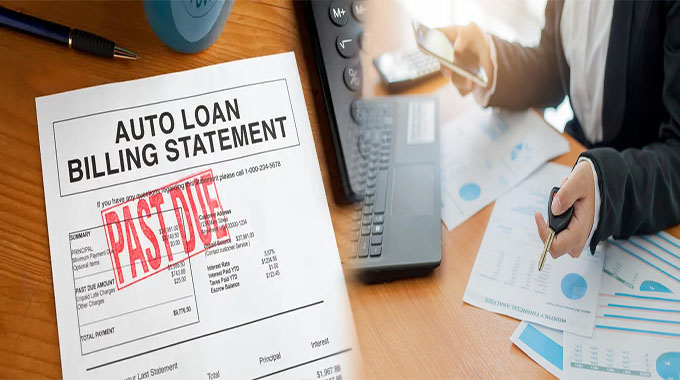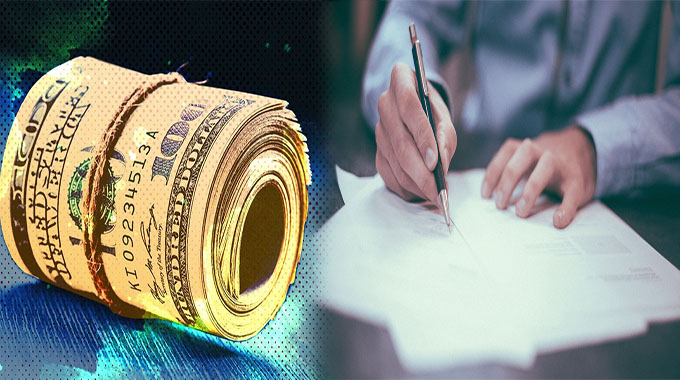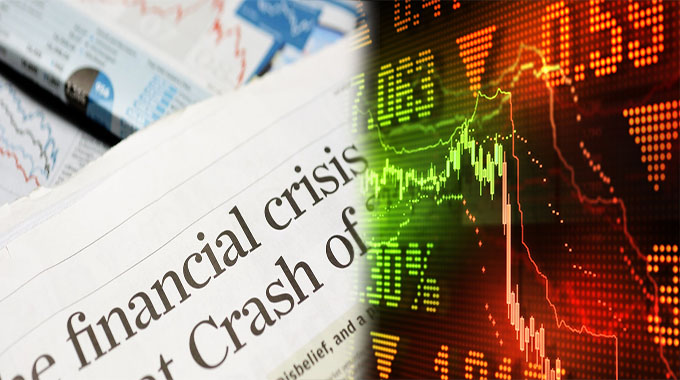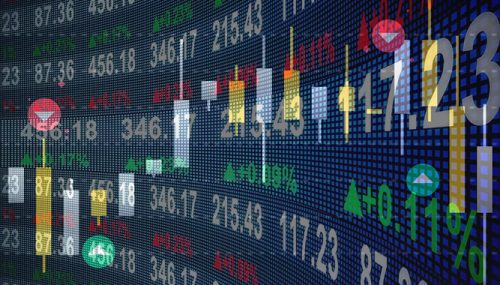Current Prime Interest Rates
The prime interest rate is a benchmark for other types of interest rates, including mortgage and auto loan rates. The prime rate is determined by banks and other lenders as an indicator of their overall costs in making loans. It also serves as a point of comparison for lenders offering other types of consumer loans.
Prime Interest Rates
The prime interest rate is the benchmark or reference interest rate used by banks to set their own borrowing and lending rates. The bank base rate of Canada’s five major banks, for example, is currently set at 2%.
The prime rate is not necessarily reflective of the national economy or an individual borrower’s creditworthiness; rather, it reflects general economic conditions and market forces in Canada as well as other countries around the world where Canadian banks operate. As such, changes in the global economy can cause fluctuations in prime rates even if there are no changes made specifically to reflect local conditions or individual borrowers’ profiles.
The Prime Rate
The prime rate is the interest rate that banks charge their best customers. It’s not always the same as the federal funds rate, which is controlled by a board of governors at the Federal Reserve and influences other interest rates throughout the economy. The prime rate is important because it’s used by banks to determine the interest rates they charge for various loans, including credit cards and mortgages.
The best way to keep track of what these numbers mean for you is by checking them regularly in order to make informed financial decisions about your finances and investments!
Factors Affecting Prime Interest Rates
Prime interest rates are affected by the Federal Reserve’s target for the federal funds rate. This is because prime interest rates are used as benchmarks for other types of loans, …


















